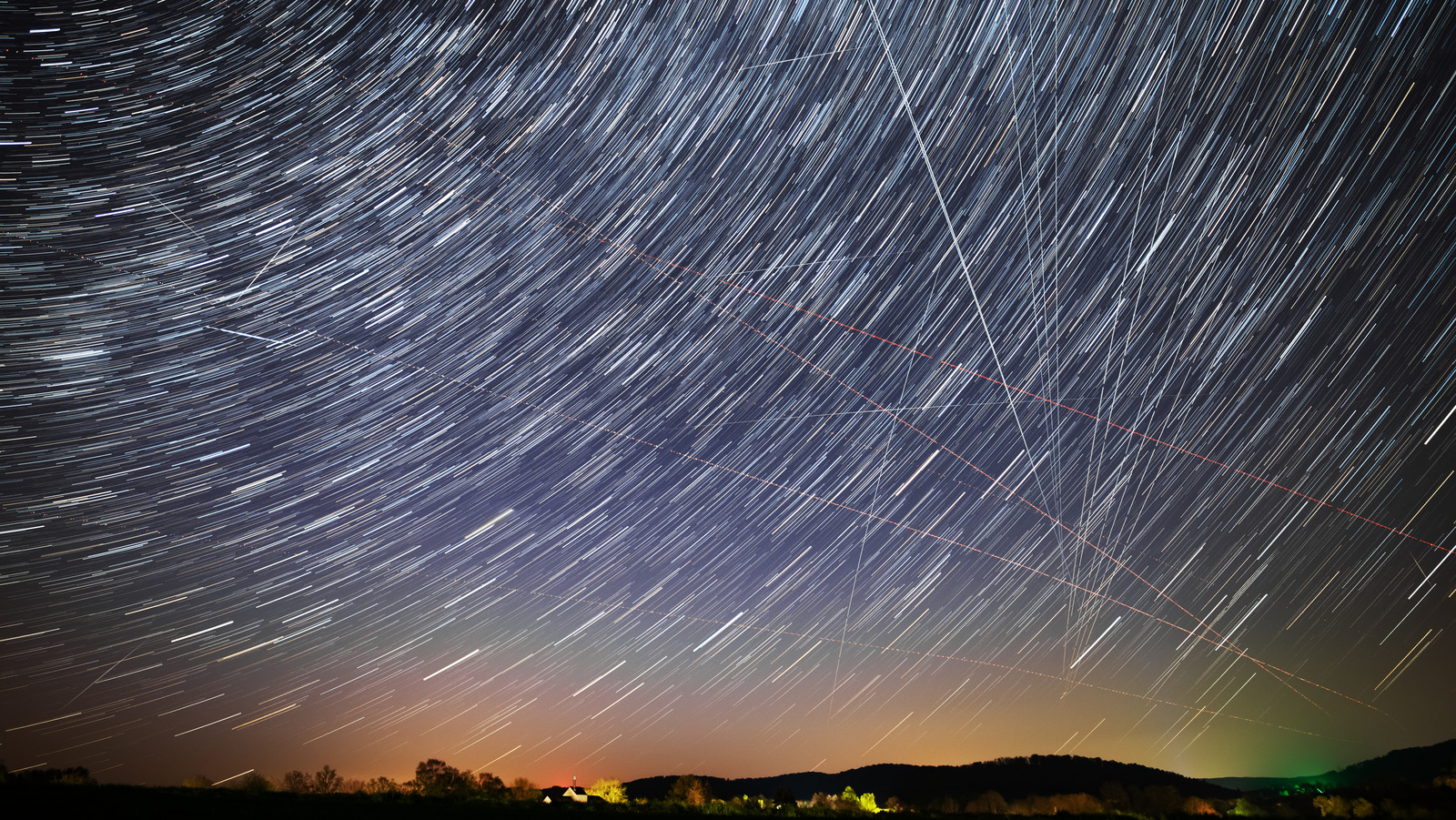Why Astronomers Are Worried About Starlink And Other Satellite Constellations

The reflective satellites aren’t the only problem, though. The second problem caused by satellite constellations is interference with radio telescopes. Radio telescopes can detect very faint radio waves from very distant sources, so they have to be extremely sensitive. There are rules about which radio frequencies hardware can operate at, but there is a problem called frequency bleed in which satellites give off a small amount of radio waves at frequencies beyond which they operate at. This bleed adds to background noise which makes it harder for radio astronomers to get their sensitive data (via The New York Times).
Finally, there’s one more problem, although this isn’t unique to satellite constellations. It’s the problem of space debris, in which there is an increasing amount of junk floating around in the space beyond our planet, which will eventually make it harder and harder to explore space. More satellites could mean more debris unless companies are diligent about making sure their satellites are responsibly de-orbited once they are no longer in use. As the International Astronomy Union points out, being able to look up and see the stars is important not only for scientific research but also for human well-being. From the rights of people to admire the natural beauty of the stars to the important role the night sky plays in the cultures and religions of many indigenous peoples (via Nature), astronomers are raising concerns about the ways in which companies could be threatening the principle of quiet skies by launching so many satellites.
For all the latest Games News Click Here
For the latest news and updates, follow us on Google News.
